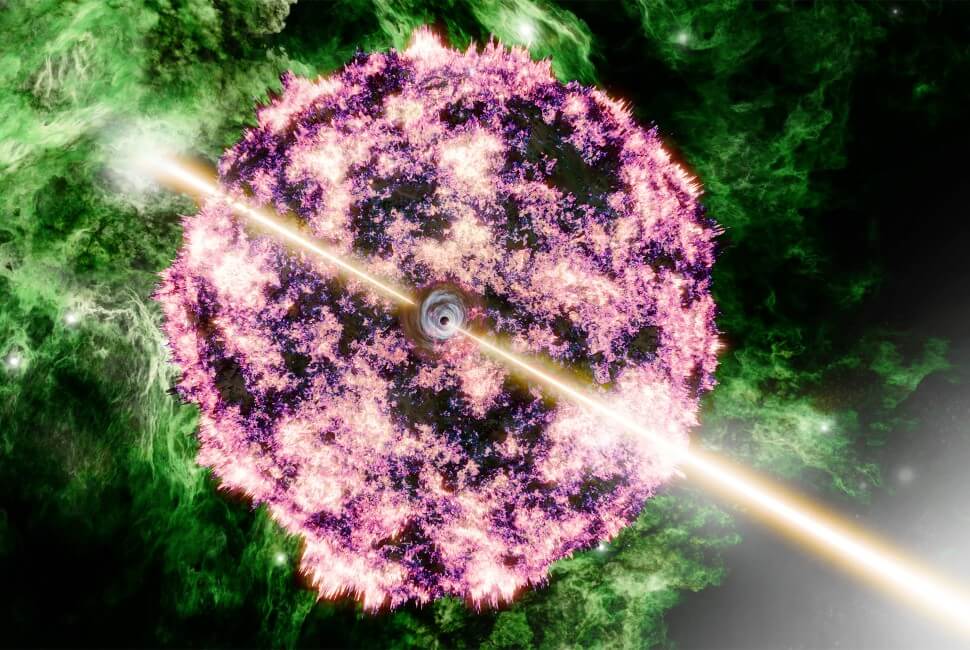NASA sends a probe of the asteroid “Psyche” into space. The mission also aims to provide new insights into the structure of Earth’s interior.
NASA had barely managed to successfully transport rocks from the asteroid Bennu to Earth when it launched its next probe into one of its “space rubble piles” – as these celestial bodies are often called. “Psyche” is the name of the probe that is scheduled to be launched into space today, Friday, at 4:19 pm, at the head of the “Falcon Heavy” rocket.
Due to its reflectivity, the Psyche asteroid is likely to be a very solid body with a very high metal content – at least in its northern half.
The “psychic” asteroid is reflected differently
The probe was named after the asteroid “Psyche”. It has attracted the attention of researchers for some time because measurements from a distance suggest that it is by no means a loosely assembled pile of interplanetary rubble of rocks and dust.
Psyche is shaped like a potato, and its width at its narrowest point is more than 230 kilometers, making it a very large asteroid. It revolves around the sun in what is called the asteroid belt. There are millions of other asteroids in this region between the orbits of Mars and Jupiter. They are all remnants of the period when the planets formed in our solar system, about four billion years ago.
It is known that thousands of these asteroids consist of rocks and dust. The way they reflect sunlight is revealing, but of the thousands of asteroids already examined, exactly nine of them reflect light slightly differently. “Psychological” is one of these nine.
The asteroid “Psyche” has a high percentage of metals
Due to its reflectivity, “Psyche” is most likely not a porous pile of rubble, but rather a very solid object with a very high percentage of metal – at least in its northern half.
The data necessary for this conclusion were obtained, among others, using the SOFIA telescope – a flying observatory on board a Boeing 747. It has been operated jointly by the German Aerospace Center (DLR) and NASA for many years.
It has now been taken out of service, but one of its last missions was to monitor the northern half of the strange metallic asteroid. The southern half had previously been analyzed by other telescopes, and in fact the southern part of Psyche appears to closely resemble a “normal” asteroid made up of rubble and dust.
Perhaps new insights into the Earth’s interior
A close examination of the book “Psyche” can not only help clarify the geological difference between north and south, but also lead to an understanding of the internal structure of the Earth that would be difficult to obtain in any other way.
Researchers assume that the rocky planets Mercury, Venus, Earth, and Mars have a metallic core, but they are hidden under thousands of kilometers of rocky layers in the interior of the planets, which are inaccessible by research.
The metallic asteroid Psyche could be the remaining core of a failed planetary formation, a planetary core moving naked through space without any other layers of rock around it.
Planned contacts rather than sampling
It will take a few more years of flight time before this assumption is tested. The probe will reach the asteroid “Psyche” in 2029 and then orbit it, draw a map and study it for 21 months. No sampling was planned. Instead, the probe will attempt another technique on its long journey to Psyche: communicating with Earth using a laser beam from the depths of interplanetary space.

“Certified tv guru. Reader. Professional writer. Avid introvert. Extreme pop culture buff.”






More Stories
ARKit: This is how Apple's augmented reality technology works
Monport is revolutionizing DIY projects with fiber laser technology
This is how the technology agency Hotwire works in Munich